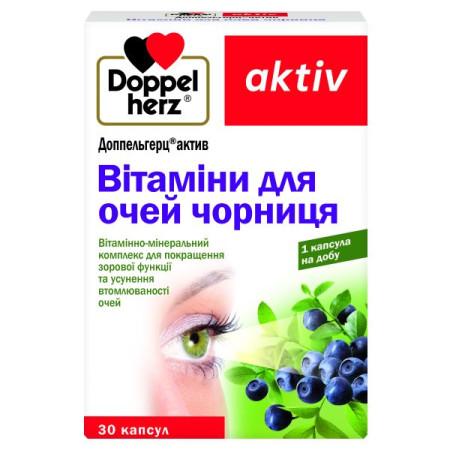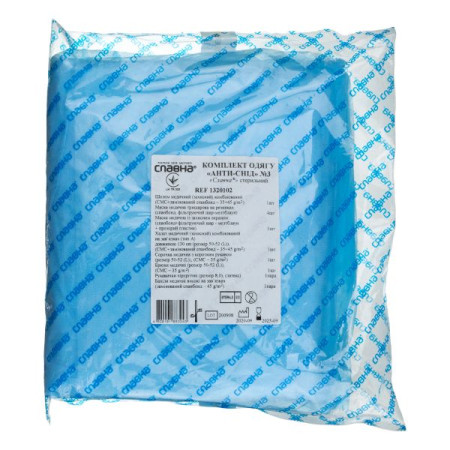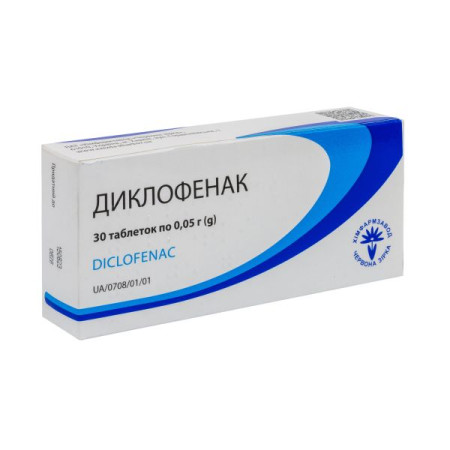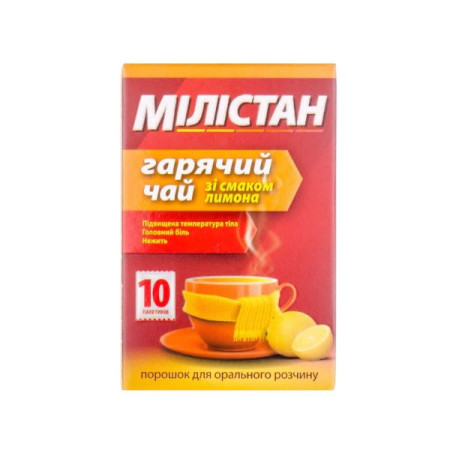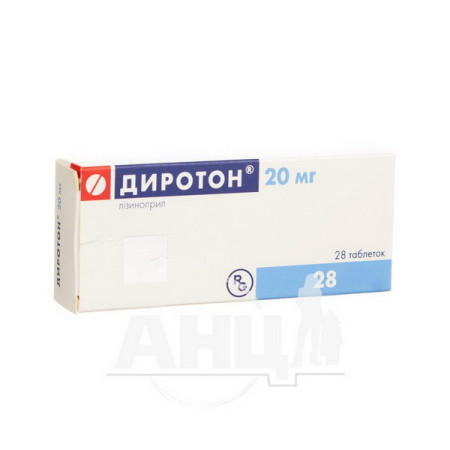Milistan hot tea with lemon flavor powder for oral solution sachet 6 g No. 10
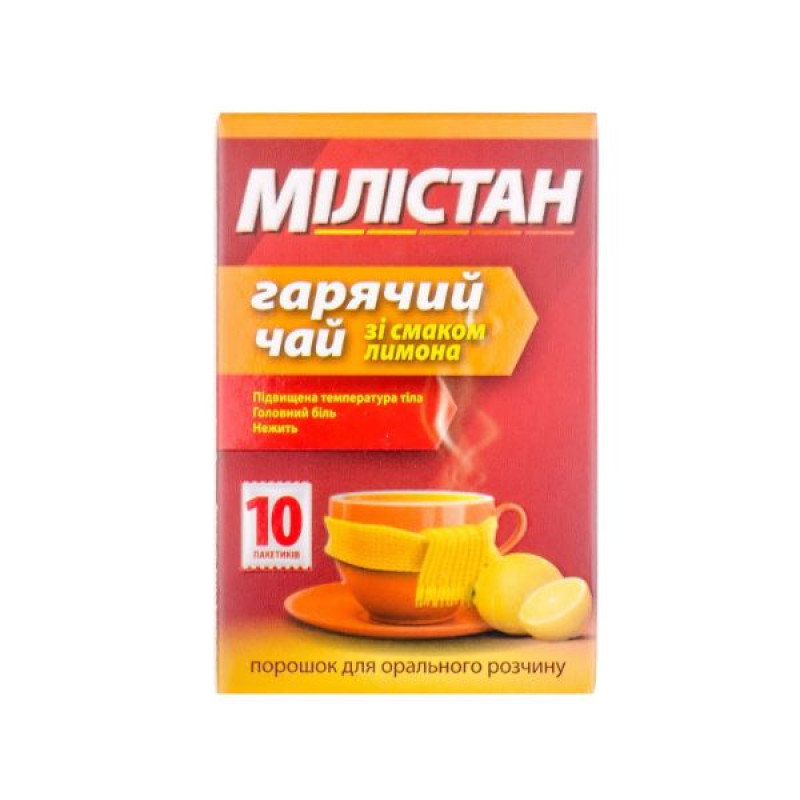
Powder for oral solution "Milistan hot tea with lemon flavor" is used to treat symptoms of colds and flu, rhinitis of inflammatory and allergic origin, such as headache, fever, runny nose.
Composition
1 sachet (6 g) contains (active ingredients):
paracetamol - 500 mg; pheniramine maleate - 25 mg; phenylephrine hydrochloride - 10 mg; ascorbic acid - 200 mg.Excipients: sucrose, anhydrous citric acid, tartaric acid, sodium citrate, quinoline yellow dye (E 104), lemon essence, aspartame (E 951).
Contraindication
Hypersensitivity to the components of the drug; severe liver and/or kidney dysfunction; congenital hyperbilirubinemia; glucose-6-phosphate dehydrogenase deficiency; alcoholism; blood diseases; leukopenia; anemia; severe forms of arrhythmia, arterial hypertension, atherosclerosis, coronary heart disease; hyperthyroidism; acute pancreatitis; prostatic hypertrophy with urinary retention; bladder neck obstruction; pyloroduodenal obstruction; bronchial asthma; glaucoma; thrombosis; thrombophlebitis; severe forms of diabetes mellitus; epilepsy; states of increased excitement; concomitant treatment with MAO inhibitors and two weeks after their discontinuation. Urolithiasis - provided that ascorbic acid enters the body at a dose of 1 g per day. Oxalaturia. Phenylketonuria.
Method of application
The drug should be taken by dissolving the contents of one sachet in one glass of boiled hot water (not boiling water), and taken hot.
Children over 12 years of age: one sachet 2 times a day.
Adults: one sachet 3-4 times a day.
The maximum treatment period is 5 days.
Application features
Pregnant women
The drug is contraindicated during pregnancy or breastfeeding.
Children
The drug is contraindicated in children under 12 years of age.
Drivers
Since the drug may cause drowsiness, it is not recommended to drive a car or operate other machinery when using it.
Overdose
In case of an overdose of paracetamol, pallor of the skin, nausea, vomiting, abdominal pain appear in the first 24 hours. When taking large doses, disorientation, agitation, dizziness, sleep disturbances, cardiac arrhythmia and pancreatitis may occur. In case of an overdose, emergency medical care is required.
An overdose of ascorbic acid causes nausea, vomiting, bloating and abdominal pain, itching, skin rashes, increased excitability. Doses of more than 3 g can cause temporary osmotic diarrhea and gastrointestinal disorders, zinc and copper metabolism disorders, myocardial dystrophy, glucosuria, crystalluria, oxaluria, nephrolithiasis.
In case of an overdose of pheniramine maleate, atropine-like symptoms occur: mydriasis, photophobia, dry skin and mucous membranes, hyperthermia, intestinal atony. Central nervous system depression leads to disruption of the respiratory and cardiovascular systems (bradycardia, hypotension, collapse).
Overdose of phenylephrine hydrochloride causes hyperhidrosis, psychomotor agitation or depression of the central nervous system, headache, dizziness,
drowsiness, impaired consciousness, arrhythmias, tremor, hyperreflexia, convulsions, nausea, vomiting, irritability, restlessness, arterial hypertension.
Treatment: symptomatic therapy. Within 6 hours after overdose, gastric lavage should be performed, and within the first 8 hours, oral methionine or intravenous cysteamine or N-acetylcysteine should be administered.
Side effects
Skin: rash, itching, dermatitis, urticaria, erythema multiforme, eczema, Stevens-Johnson syndrome, Lyell's syndrome.
On the part of the immune system: anaphylaxis, anaphylactic shock, hypersensitivity reactions, including rashes on the mucous membranes, generalized rash, erythematous, angioedema, feeling of heat.
From the nervous system: headache, dizziness, tremor, psychomotor agitation, disorientation, anxiety, nervous excitability, feeling of fear, irritability, sleep disturbances, insomnia, drowsiness, confusion, hallucinations, depressive states, paresthesias, general weakness, fatigue, tinnitus, in some cases - coma, convulsions, dyskinesia, behavioral changes.
Respiratory system: bronchospasm in patients sensitive to acetylsalicylic acid and other NSAIDs.
On the part of the organ of vision: pain and burning sensation in the eyes, impaired vision and accommodation, blurred vision, mydriasis, increased intraocular pressure, dry eyes, photophobia, acute glaucoma.
On the part of the digestive system: irritation of the mucous membrane of the digestive tract, nausea, vomiting, heartburn, dry mouth, discomfort and pain in the epigastric region, constipation, diarrhea, flatulence, aphthae, hypersalivation, hemorrhages.
On the part of the hepatobiliary system: impaired liver function, hypertransaminasemia, usually without jaundice, hepatonecrosis (when using high doses).
On the part of the endocrine system: hypoglycemia, up to hypoglycemic coma, damage to the insular apparatus of the pancreas (hyperglycemia, glucosuria) and impaired glycogen synthesis until the onset of diabetes mellitus.
On the part of the kidneys and urinary system: nephrotoxicity, interstitial nephritis, papillary necrosis, dysuria, urinary retention and difficulty urinating, crystalluria, formation of urate, cystine and/or oxalate stones in the kidneys and urinary tract, renal failure.
From the cardiovascular system: arterial hypertension, tachycardia, bradycardia, arrhythmia, shortness of breath, heart pain, tachycardia, myocardial dystrophy.
Metabolic disorders: zinc and copper metabolism disorders.
Storage conditions
Store in the original packaging at a temperature not exceeding 25 °C, out of the reach of children.
Shelf life - 2 years.
There are no reviews for this product.
There are no reviews for this product, be the first to leave your review.
No questions about this product, be the first and ask your question.




